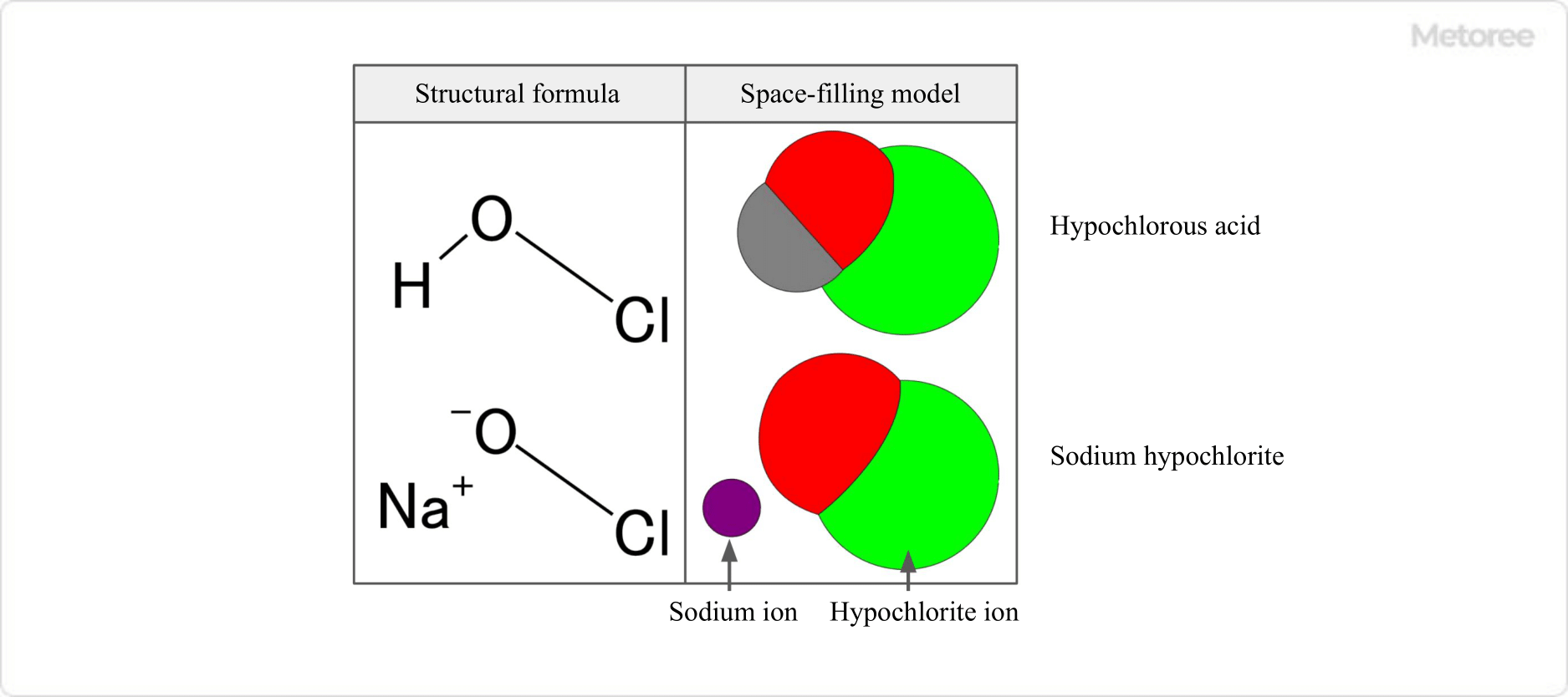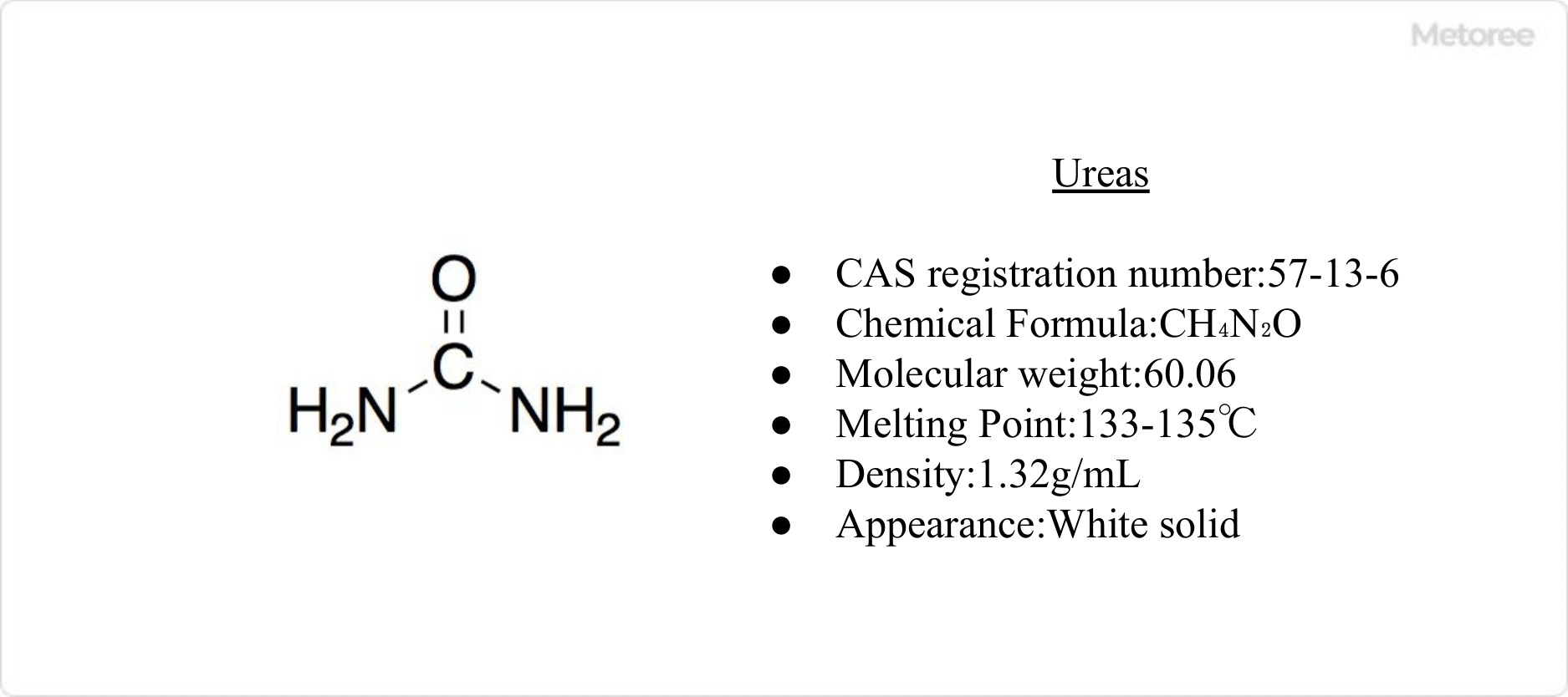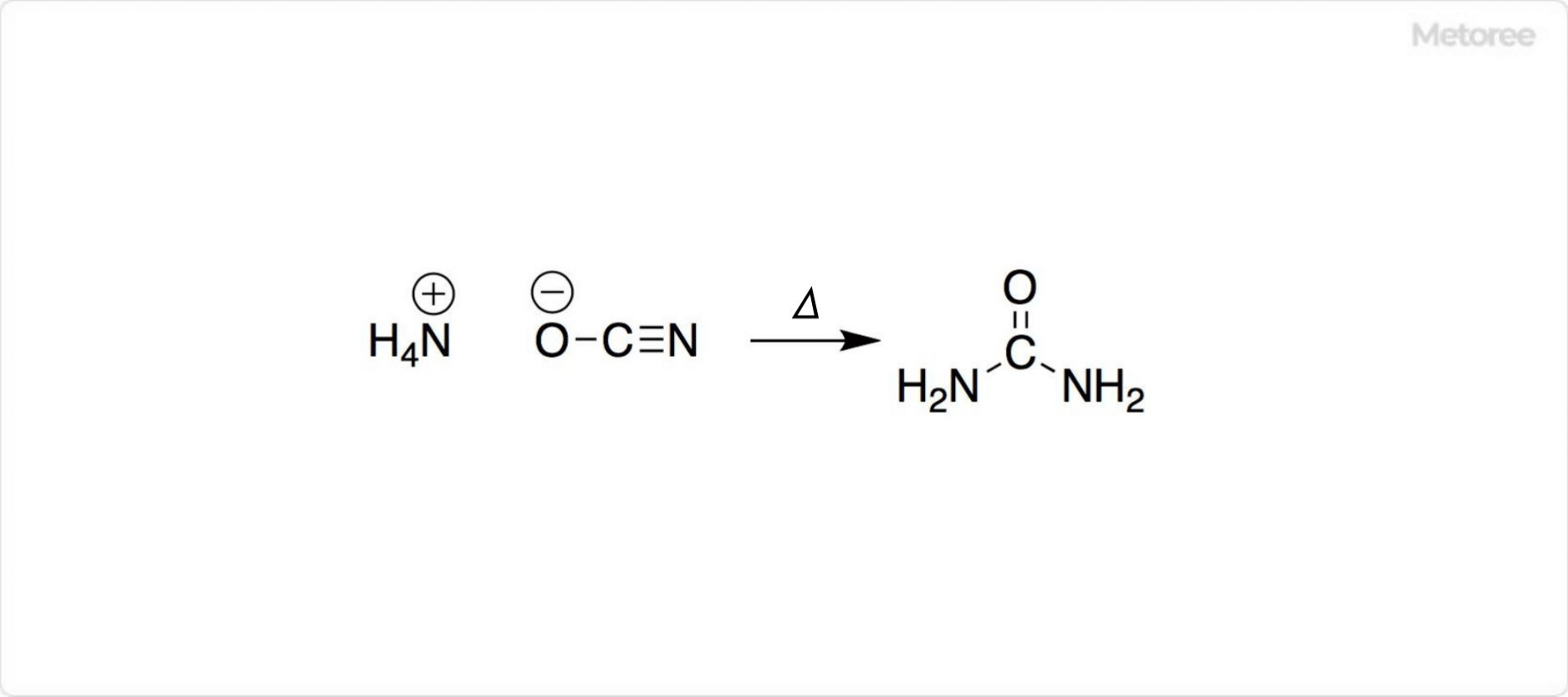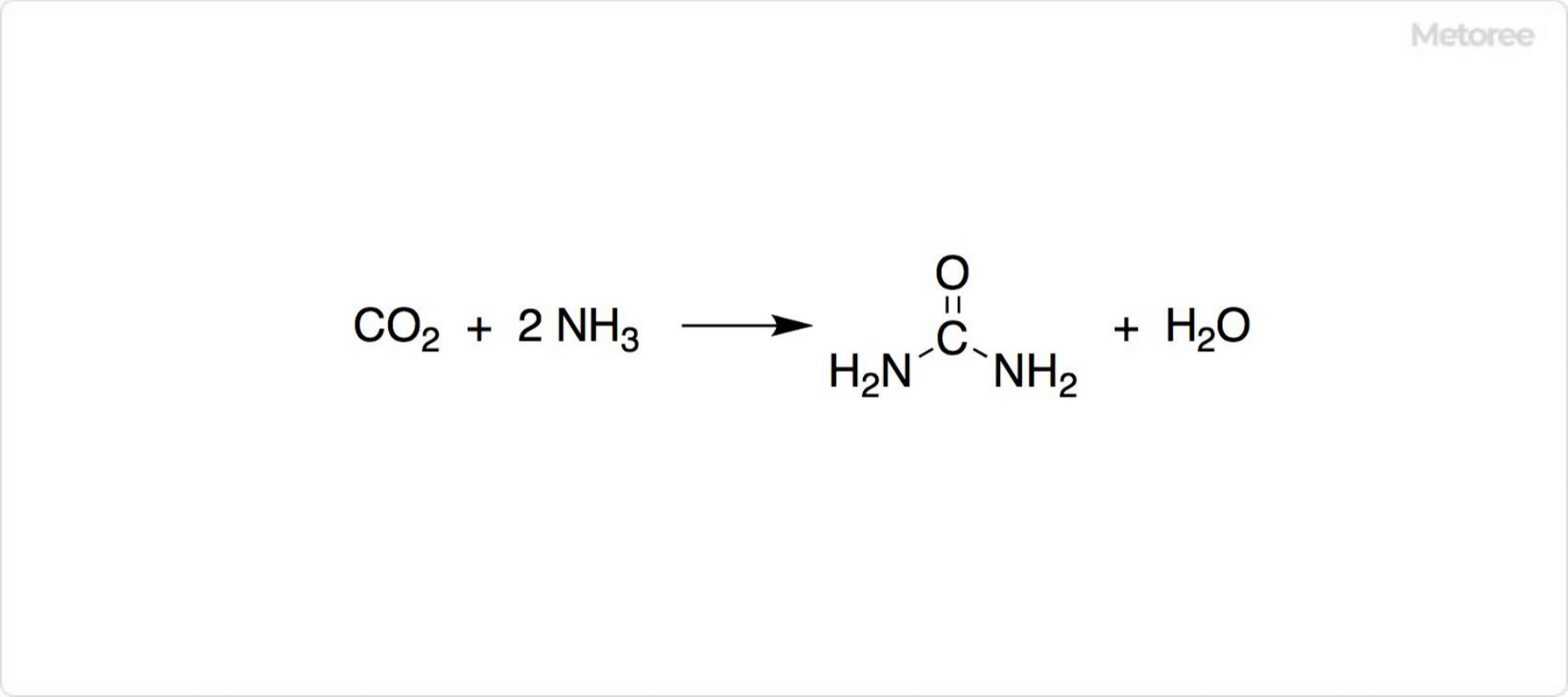What Is Aluminum Hydroxide?
Aluminum hydroxide, naturally found as gibbsite and diaspore, is created by reacting aqueous sodium aluminate with carbon dioxide or by neutralizing aluminum salt solutions with ammonia or alkali hydroxide. This amphoteric substance dissolves in strong acids and alkalis but becomes less soluble over time. When heated to 300°C, it dehydrates to form α-alumina.
Uses of Aluminum Hydroxide
Aluminum hydroxide serves various purposes, from being a primary ingredient in alumina and synthetic zeolite production to its use in ceramics, mordants, antacids, and textile waterproofing. It also functions as a filler in rubber, plastics, and paper to enhance fire resistance and whiteness. In pharmaceuticals, it’s utilized for its astringent qualities, in gas and liquid purification, as a chromatographic adsorbent, emulsifier, ion exchanger, and filtration material. Furthermore, it’s a key flame retardant in ceramic glass and is commonly used with aluminum phosphate as a vaccine adjuvant.
Properties of Aluminum Hydroxide
With a formula of Al(OH)3 and a molecular weight of 78.00 g/mol, aluminum hydroxide appears as a white, amorphous powder. It has a density of 2.42 g/cm3 and a melting point of 300°C. This compound is soluble in methylamine but exhibits minimal solubility in water and is insoluble in acetone and ethanol. It gels upon extended contact with water and transforms into aluminum oxide upon heating, a reaction that releases water and contributes to its application in fire-resistant materials.
Other Information on Aluminum Hydroxide
1. Solubility of Aluminum Hydroxide
Aluminum hydroxide has a low solubility product (Ksp = 5×10-33), but freshly precipitated gel forms dissolve easily in acids and bases. In basic solutions, it forms tetrahydroxidoaluminate ions ([Al(OH)4]−) through coordination bonds, with a Ksp of 4×10-13. Its solubility decreases in acidic conditions due to the reduced concentration of hydroxide ions. Over time, or when crystallized, its solubility in basic solutions diminishes.
2. Application of Aluminum Hydroxide
Aluminum hydroxide exists as α-type bayerite and γ-type gibbsite, with the latter being more stable at 25°C and 105 Pa. Under hydrothermal conditions, it dehydrates to form AlO(OH), a key component of bauxite. Both Al(OH)3 and AlO(OH) lose water upon heating, facilitating the production of aluminum oxide (Al2O3).




